
Fan service—things added to appeal to fans, like revealing outfits or suggestive situations—appears in all kinds of anime, from action-packed adventures to everyday stories. Some shows even use it consistently to attract viewers. Here’s a look at popular anime known for these elements, including things like beach episodes, clumsy accidents, and exaggerated designs. We’ll also point out recurring jokes about clothing and character types often used for playful humor. This list explains what each anime is about and the specific fan-service techniques it employs, so you’ll have a good idea of what to expect.
‘High School D×D’ (2012–2018)
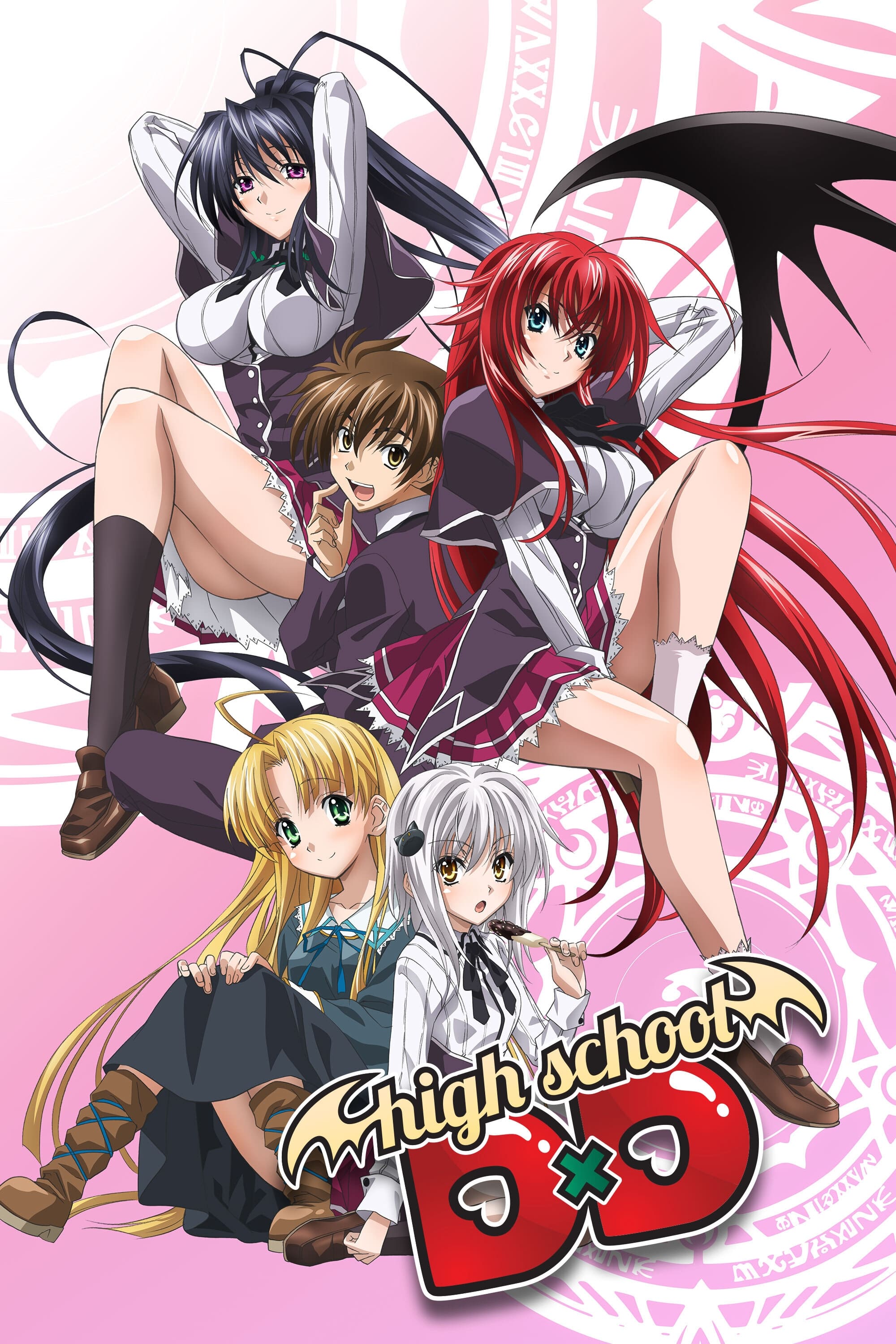
This funny and fantastical series centers on a teenager who is reincarnated into a family of devils. It’s a wild ride filled with romantic interests, epic battles against angels and fallen angels, and plenty of playful, suggestive humor. The show often features revealing gags, bathing scenes, and characters changing outfits, and while the TV versions were sometimes toned down with visual effects, the full, uncensored content is available on home video. A lot of the comedy and relationships revolve around flirtatious and suggestive interactions between the main character and the various female characters.
‘To LOVE-Ru’ (2008–2010)

This series follows a shy boy whose life is turned upside down when an alien princess unexpectedly lands on Earth. The story quickly focuses on comedic situations arising from romantic misunderstandings and plenty of physical humor. Episodes are full of chance meetings, revealing clothing, and scenes set around pools or hot springs. The characters are designed with exaggerated, curvy figures, and the slapstick comedy often leads to suggestive situations, becoming even more pronounced in later installments.
‘Fire Force’ (2019–2020)
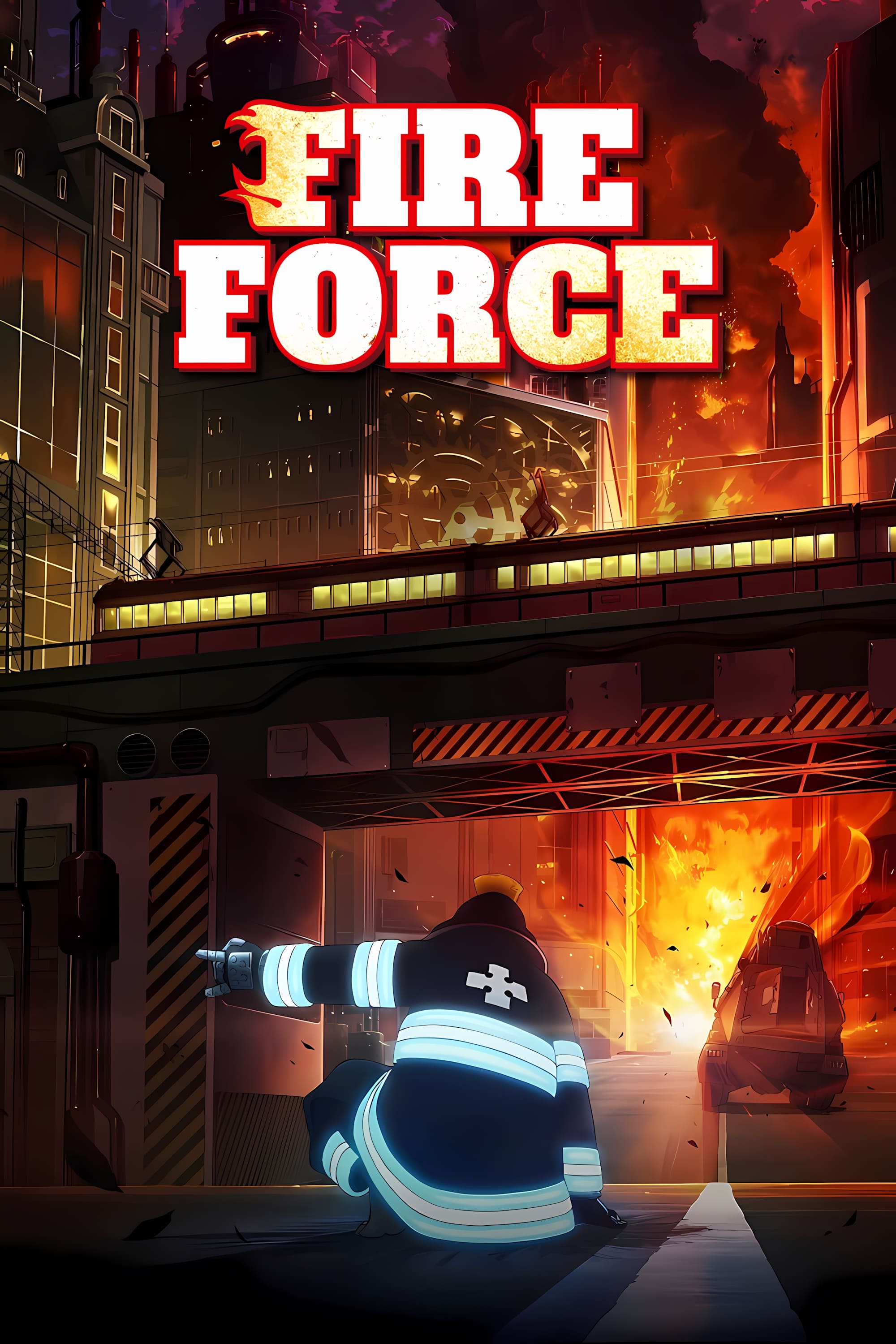
This anime focuses on firefighters who can control fire, but it often includes unnecessary and suggestive humor centered around a character named Tamaki, disrupting dramatic scenes with fan service. The show emphasizes the characters’ bodies through their tight outfits, damage to clothing during fights, and specific camera angles. Several storylines also feature lighthearted scenes in bathhouses or at festivals that prioritize comedic, suggestive imagery. The Blu-ray versions of the show include some restored shots and effects that were toned down for television.
‘Fairy Tail’ (2009–2019)

‘Fairy Tail’ is a fantasy adventure series centered around a guild, and it often includes lighthearted content like swimsuit episodes and beauty contests. The show frequently features female characters in revealing outfits – often with midriffs or bikinis – and fight scenes are sometimes presented with a focus on their figures. Beyond the main story, special episodes, endings, and promotional material commonly feature pin-up style imagery and scenes in swimsuits or hot springs.
‘Kill la Kill’ (2013–2014)

This anime focuses on battles powered by unique outfits called “Goku Uniforms,” including a living sailor uniform that dramatically changes form. Fights are visually dynamic, with characters strategically ripping their clothes apart. The battles are presented as over-the-top spectacles, using humor, creative camera angles, and playful censorship. The character and villain designs emphasize this theme, contributing to the show’s satirical tone.
‘Food Wars! Shokugeki no Soma’ (2015–2020)

This competitive cooking show is known for its over-the-top reactions to food, which are often shown through dreamlike, sensual scenes. The show emphasizes visuals, with lingering shots of contestants and quick cuts to comedic imagery designed to amplify the experience of tasting. These exaggerated reactions are a key part of the show’s humor, and extra online content continues this playful style, often featuring characters in swimsuits or at festivals.
‘Prison School’ (2015)

The show’s setting – boys attending an all-girls’ school – creates opportunities for humorous situations involving punishments, strict uniforms, and suggestive jokes. Much of the comedy relies on physical gags, like revealing poses, clothing mishaps, and exaggerated disciplinary scenes. The filmmakers often use slow camera movements and close-ups to highlight characters’ bodies, and visual and audio cues emphasize the show’s playful, slightly naughty humor throughout its brief run.
‘Free!’ (2013–2018)
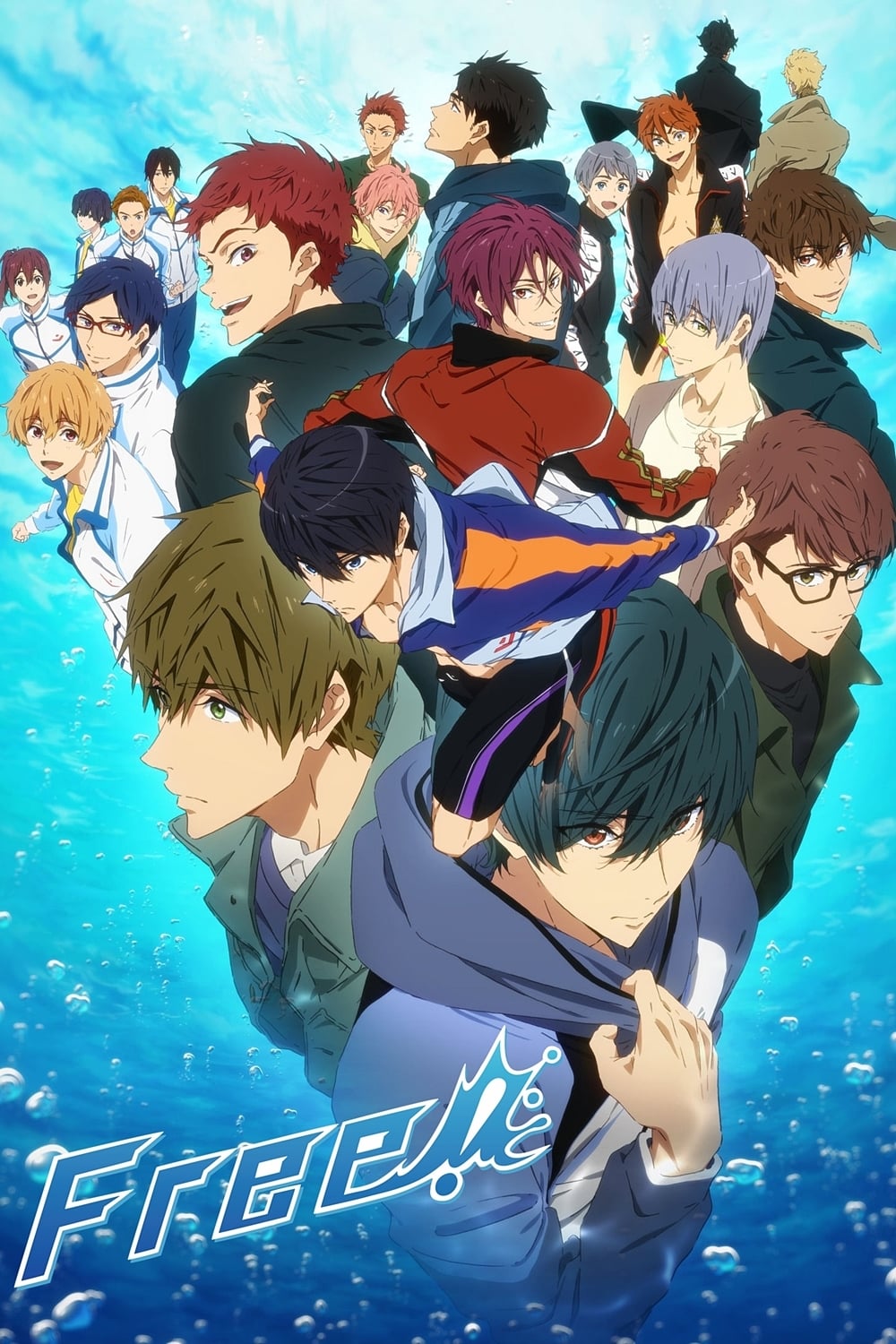
This sports series heavily features the athletes’ physical appearance, with a focus on muscular bodies. It often shows training in the pool, locker room scenes, and close-ups of their physiques. The character designs and camera work emphasize lean, athletic builds and minimal clothing, especially during dives and race starts. Promotional materials and special episodes frequently showcase the athletes’ bodies, even outside of competition, often in a way that appeals to fans.
‘One Piece’ (1999–present)
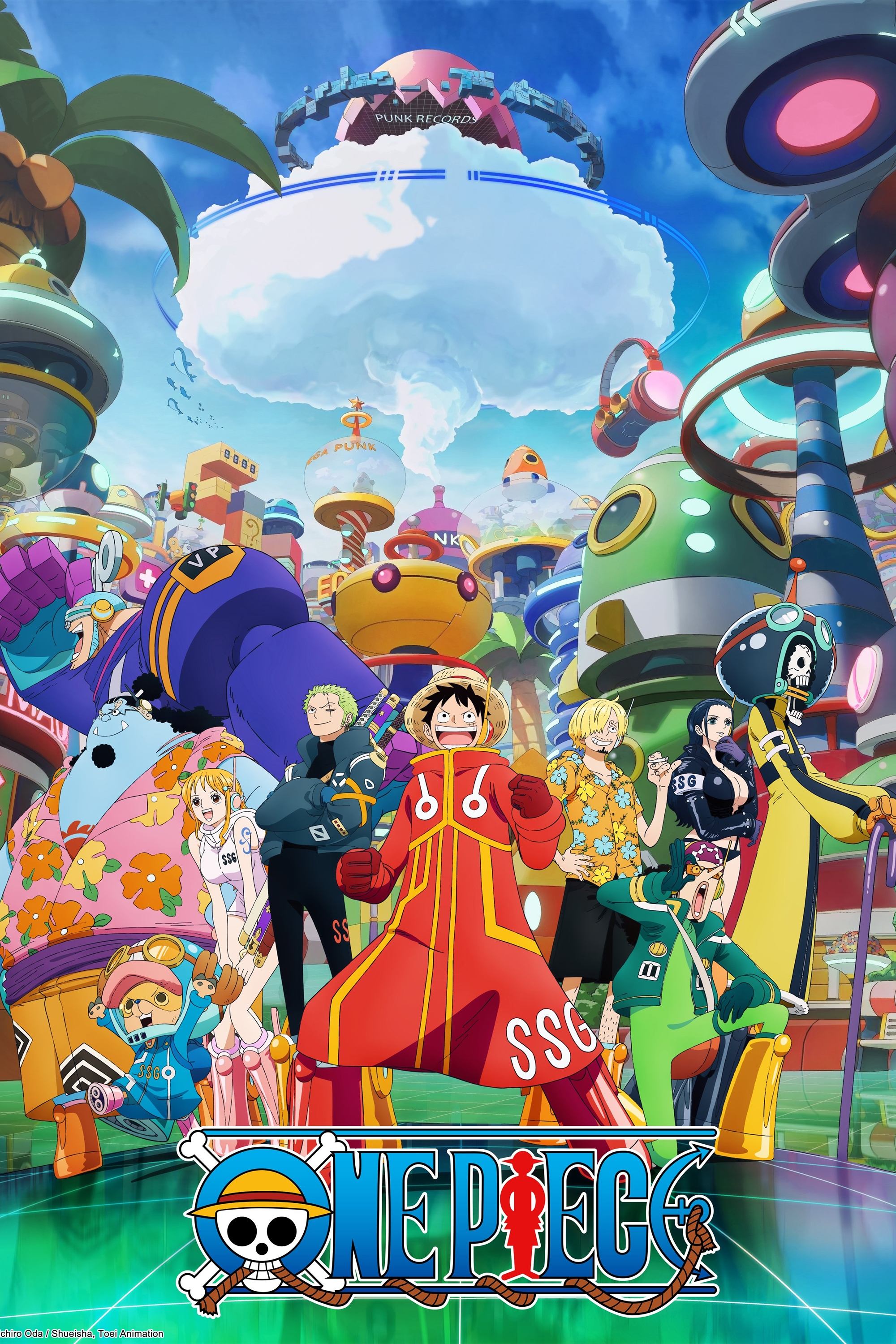
The story began as a grand adventure, but later installments featured female characters with increasingly unrealistic body types. Their clothing became more revealing, often consisting of bikinis and skimpy outfits, even while fighting. Recurring elements included scenes of characters at the beach, suggestive bathing situations, and slapstick comedy. Promotional materials and end-of-chapter images sometimes focused on suggestive poses that weren’t related to the main storyline.
‘Sword Art Online’ (2012–2020)

This series frequently features fanservice elements within its virtual world settings, including characters in swimsuits, hot springs, and revealing costumes. Some storylines use dangerous situations to emphasize characters’ bodies, often with suggestive imagery. Character designs commonly include tight-fitting armor and skimpy outfits. Additional content, like bonus episodes and game promotions, often includes pin-up style artwork and outfits.
‘No Game No Life’ (2014)
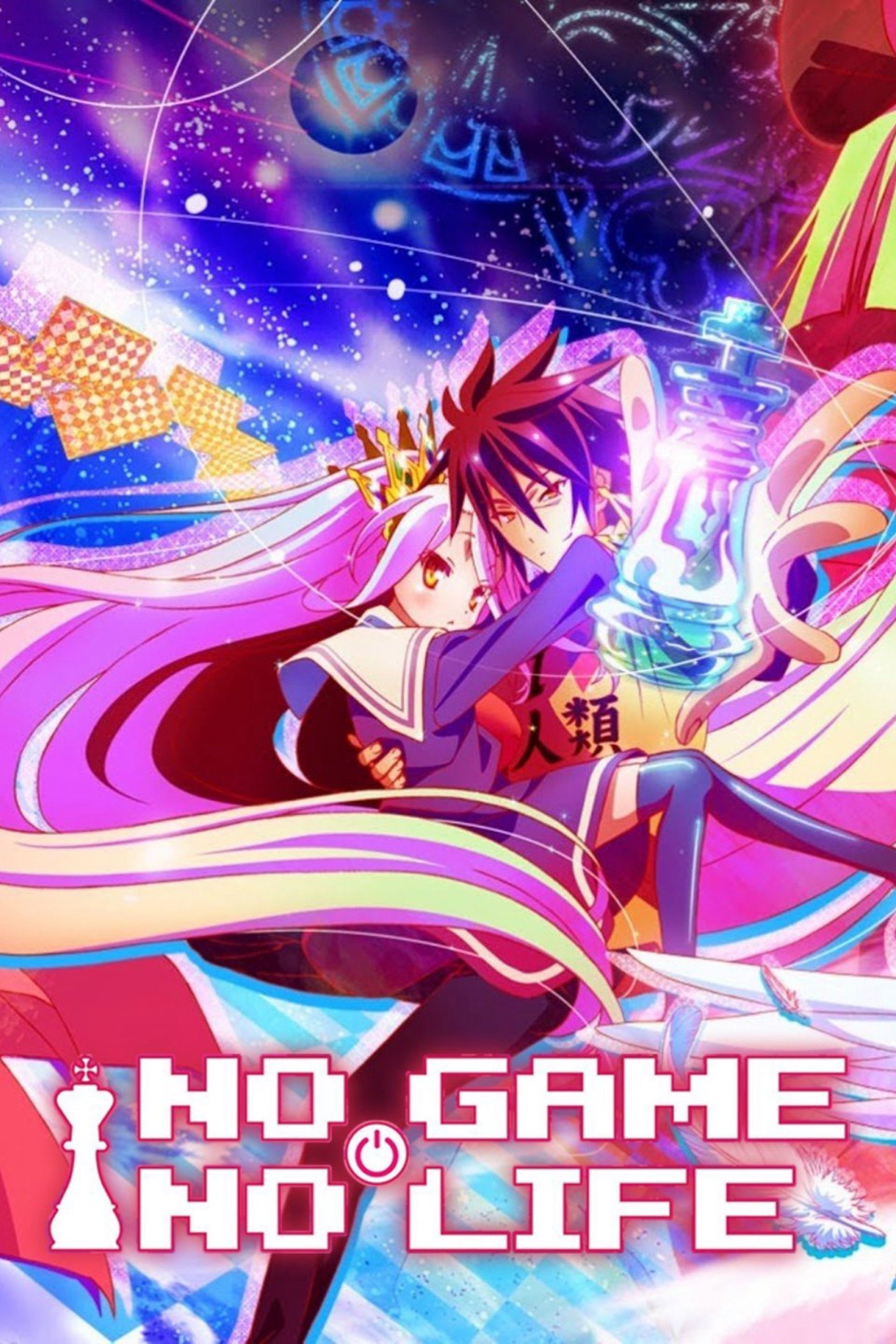
This fantasy story centers on incredibly talented siblings who find themselves in a world governed by game-like rules. The character designs and visuals frequently emphasize attractiveness, with characters often shown in short skirts and thigh-high stockings, and poses designed to be visually appealing. The show uses humor through scenes like bathing, group cuddles, and characters changing outfits. Promotional art and bonus content continue this focus on attractive character presentation, even outside of the main storyline.
‘The Quintessential Quintuplets’ (2019–2021)
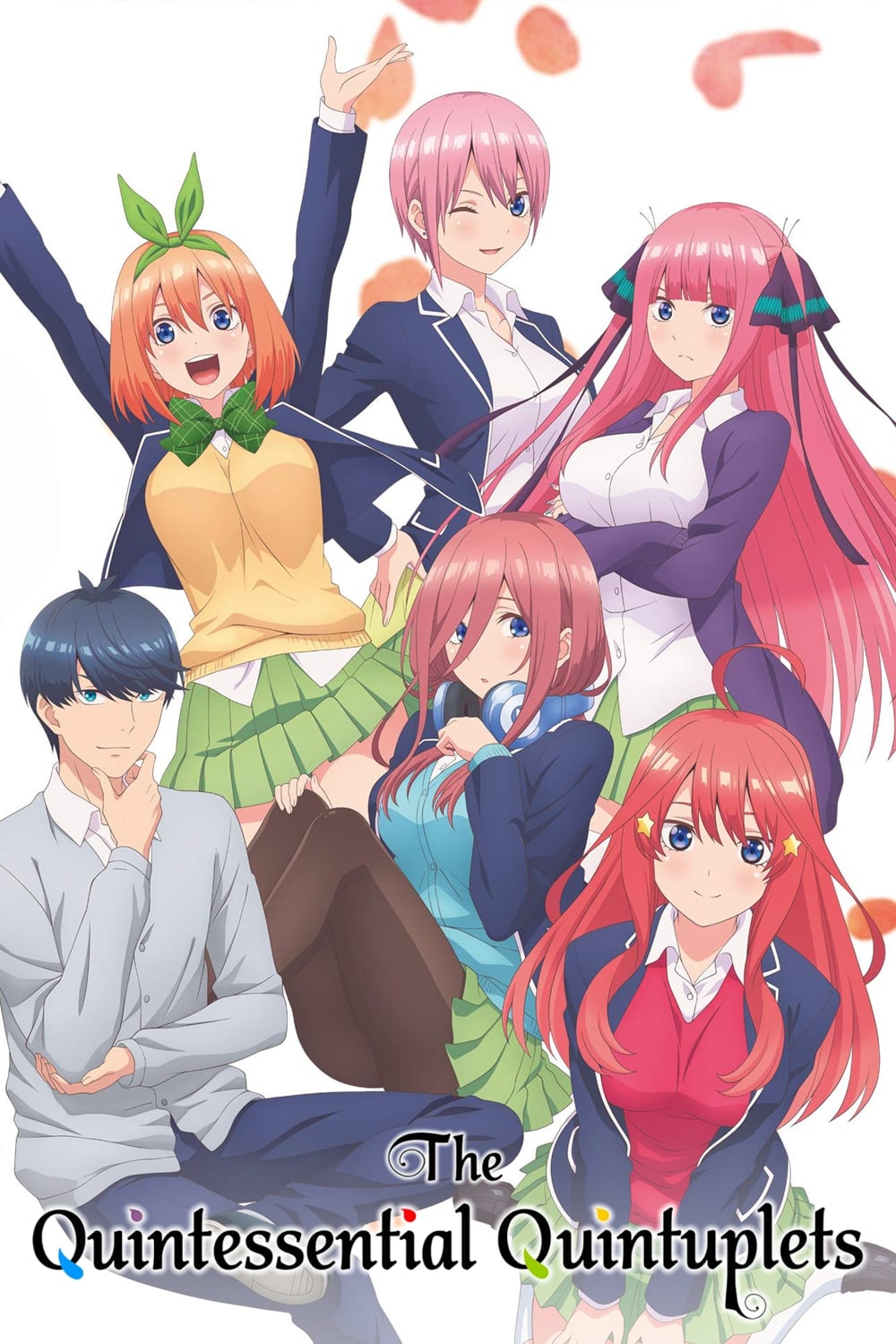
This romantic comedy centers on a tutor and five sisters, and often uses scenes like trips to the beach, festival outfits, and clothing mishaps to move the story forward. The show relies on close-up shots of characters’ reactions, energetic movement, and comedic falls to create misunderstandings. The characters’ outfits, ranging from neat uniforms to everyday clothes, are designed to highlight certain moments. Bonus features include extra footage and improved versions of scenes originally shown with masking effects.
‘Nisekoi’ (2014–2015)

This romantic comedy relies on classic tropes—like pretending to date—and uses settings like the beach and sleepovers to create playful, slightly suggestive moments. The show has a visually dreamy style with lots of sparkle and soft focus, especially during scenes hinting at romance. To keep things visually interesting, characters often change outfits and even dress in costume. The opening and promotional art also emphasize the show’s playful and flirtatious tone.
‘Keijo!!!!!!!!’ (2016)

This comedic sports show features competitors trying to knock each other off a platform using only their hips and chests. It’s intentionally over-the-top, with a focus on playful, exaggerated moves and revealing swimwear. The commentary team treats the competitors’ bodies as their primary weapons, giving silly names to their techniques, and the entire presentation leans into the absurdity with dedicated training segments and promotional events.
‘Highschool of the Dead’ (2010)
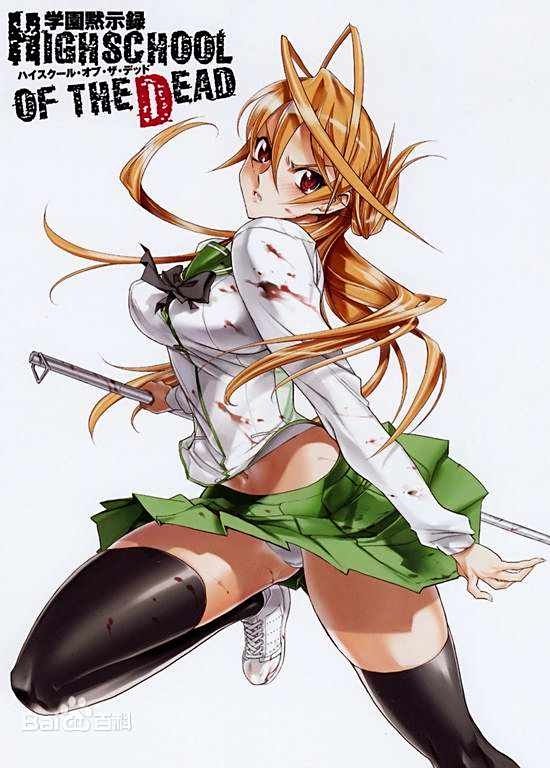
As a movie fan, I’d describe this zombie series as a really wild ride. It mixes intense gun battles and gore with these surprisingly artistic touches – slow-motion shots, torn clothing, and even moments of calm like characters relaxing in hot springs or taking showers. The episodes constantly switch between high-stakes escapes and these beautifully framed, almost pin-up style, cooldown scenes. They don’t shy away from flashy camera work either – think bullet-time effects and super close-ups – it all adds up to action that’s more about spectacle than just survival. Even the extra episodes and OVAs keep that vibe going, often featuring scenes on beaches or in bathhouses – it’s definitely a unique take on the zombie genre!
Share your own picks—and which scenes stood out to you—in the comments!
Read More
- Broadcom’s Quiet Challenge to Nvidia’s AI Empire
- Gold Rate Forecast
- METH PREDICTION. METH cryptocurrency
- How to Do Sculptor Without a Future in KCD2 – Get 3 Sculptor’s Things
- Trump Ends Shutdown-And the Drama! 🎭💸 (Spoiler: No One Wins)
- Investing Dividends: A Contemporary Approach to Timeless Principles
- South Korea’s KRW1 Stablecoin Shocks the Financial World: A Game-Changer?
- Shiba Inu’s Netflow Drama: Bulls, Bears, and 147 Trillion SHIB
- Ether’s Future: 4 Things That Could Make or Break Its Bullish Comeback in 2025
- Hedera’s Latest Move: WBTC Joins the DeFi Party, Let the Bitcoin Liquidity Games Begin!
2025-11-19 22:22